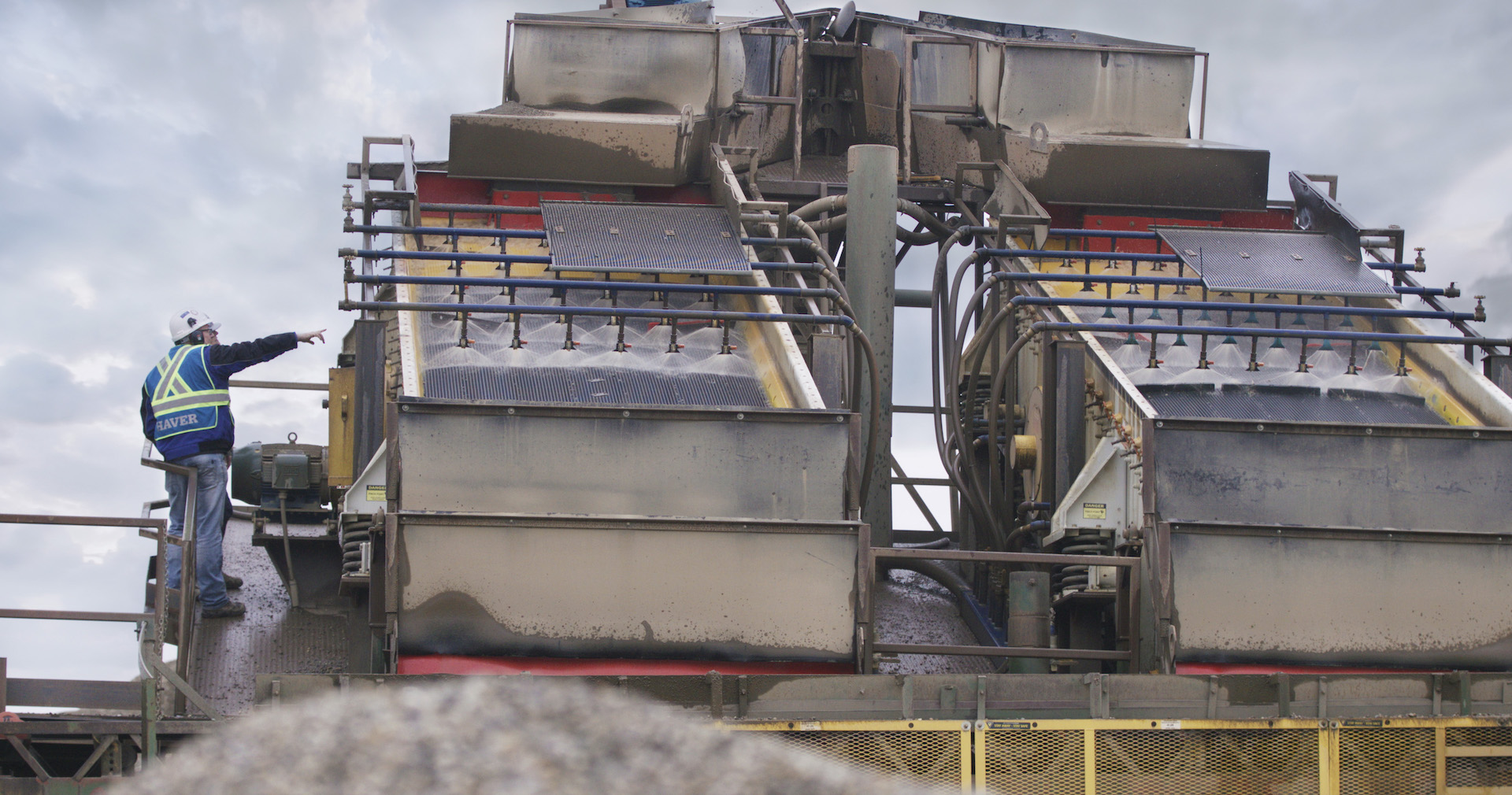
With increasing infrastructure developments on the horizon comes a growing demand for raw materials, beginning at the core with mines and quarries throughout the world.
Making sure equipment is running efficiently is a top priority, but it’s also important to evaluate your screen media to ensure you are using the best tools for the job.
Here are four things to keep in mind.
Consider the types of materials going through the vibrating screen. Factors such as material size, weight and abrasiveness all come into play during the selection process. Materials with top sizes as large as 10 inches require more durable screen media to handle heavy impact. Abrasive material, such as granite, typically requires screen media with higher wearability whereas higher open area plays a larger factor for softer material, such as limestone.
Next, look at your screen deck. There are three phases material goes through in the screening process, from layered to basic to sharp. Equipping the screen deck with a single type of media overlooks the fact that each of these phases has very different needs. By recognizing and analyzing each phase, you can customize your vibrating screen’s deck with various types of screen media for the best combination of wear life and open area.
Using the wrong screen media can lead to increased maintenance costs and downtime. Start by looking in the boneyard at the discarded screen media. Problem areas, such as broken wires, wear areas, pegging or blinding, are often a sign of carryover or contamination, resulting in unwanted material in the screened material pile as well as the added cost of rescreening.
Engineered screen media used alone or blended with other options such as woven wire cloth or self-cleaning screens can provide the ultimate combination of wear life and open area.
At Haver & Boecker Niagara, we offer a full range of engineered screen media, including polyurethane, rubber and perforated plate.
Polyurethane screen media, like modular Ty-Deck panels or side-tensioned Ty-Max, offer extended wear life. The polyurethane is poured open cast, offering up to two times the wear life of injection-molded screen media. It is often ideal for handling impact at the feed end during the layered phase of screening.
Hybrid screens, like Ty-Wire, are an option that combines woven wire with polyurethane to provide a higher open area than polyurethane while extending wear life four to seven times beyond woven wire. Ty-Wire is often a good solution on that difficult-to-access second deck.
When screening large top sizes, look for rubber screen media, such as Ty-Dura. Rubber screen media is ideal for handling top sizes larger than 12 inches, or for an application requiring an opening larger than four inches.
Ready to take your production to the next level?
Get in touch with us today to set up a PROcheck screening consultation! We will help you find the most effective blend of screen media for the job.
Our global network of experience allows us to solve the most unique problems.
Florian Festge, Haver & Boecker Managing Partner